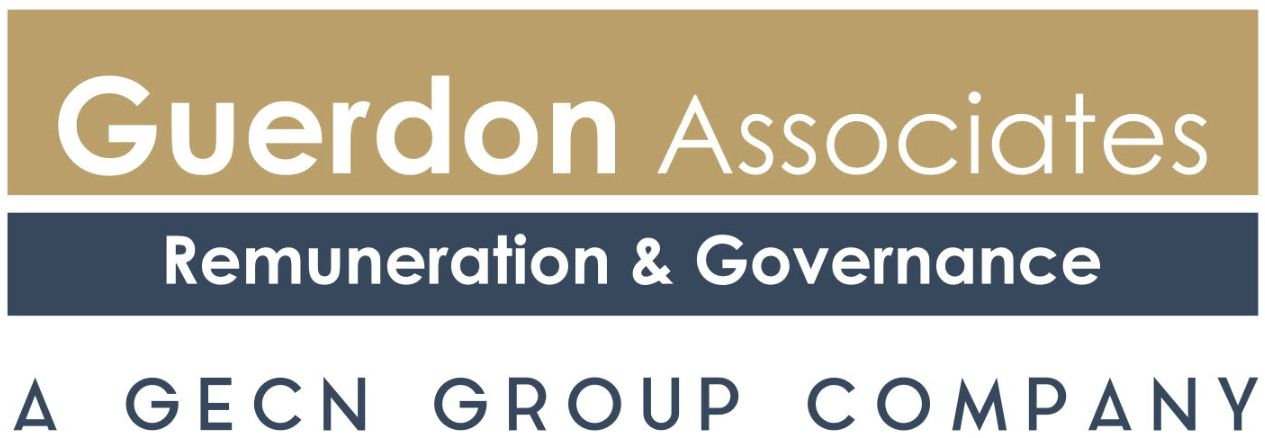ACSI releases annual review of ASX 200 CEO pay
07/07/2025
In June, the Australian Council of Superannuation Investors (ACSI) published its latest annual survey of ASX 200 CEO remuneration. This is a useful addition to Guerdon Associates’ surveys of ASX 300 CEO data published in February as it also captures “realised pay” from the executive’s perspective (see HERE).
For several years the Guerdon Associates and ACSI reports have reported modest, dare we say, slow growth in listed company CEO remuneration. Over 10 years median realised pay has increased 0.5% per annum. The union half of ACSI would have agitated for a general strike if this applied to union members by now.
While the ACSI report tends to highlight outliers on the high side, the ACSI analyses provide an otherwise balanced picture of CEO pay change (or lack of it) over time.
Some may attribute this anaemic growth to ACSI and other proxy advisers’ vigilance, in combination with Australia’s disclosure requirements and unique 2-strikes voting rule. They may celebrate the lack of CEO remuneration growth, considering it a win for good governance. Others might chalk the lack of growth to our country’s culture, which is still mired in tall poppy syndrome. To many others the absence of CEO remuneration growth is a worrying sign that the pie is not growing, along with our respective shares of the pie.
The unfortunate consequence, whatever the reason, is to drive talent underground into the dark, illiquid world of private equity or, worse, offshore. Talent offshore is rightly celebrated, but governance and transparency may be worse.
Our concern is that the governance asymmetry ensures that the best talent is not available for the cheapest and most liquid capital, for which investment opportunities await.
This is inefficient, costing the country the best chance for higher capital and talent productivity.
Read our ACSI summary, and reflect on what this means. We are happy to be challenged.
The ACSI analyses
The ACSI report analyses longitudinal trends in “realised” and “reported” pay, fixed and cash pay, annual bonuses, and termination payments.
The final sample consists of 80 ASX 100 CEOs and 70 ASX 101-200 CEOs. CEOs with part-year tenures, companies with foreign domicile, non-comparable remuneration reports, and externally managed entities are excluded from analysis. Foreign-domiciled constituents were analysed individually but were omitted from statistic calculations.
The findings are summarised as follows.
Realised Pay
ACSI provides an analysis of “realised” pay, referring to pre-tax remuneration received by executives, including fixed pay, cash bonuses, the value of options with an exercise price (considered on exercise), and the value of zero exercise price options (considered on vesting. This has never been consistent with the option valuation method, but understandable given standards of ASX disclosures).
Pay is growing faster in the ASX 101-200 than the ASX 100.
ASX 100 CEOs had a median realised pay of $4.15m, up 7.4% from the previous reporting period (FY23: $3.87m). Mid-cap ASX 101-200 CEOs had a median realised pay of $2.17m, up 11.1% (FY23: $1.95m). Over the span of 10 years since FY14, median realised pay in the ASX100 has increased at an annual growth rate of 0.5%, growing slower than the ASX 101-200 (2.2%).
The FY24 increases in median realised pay for both large-cap and mid-cap companies contrasts the decreases seen in the previous reporting period (falling 1.6% and 6.8% respectively in FY23).
Reported Pay (a.k.a. Statutory Remuneration)
“Reported” pay refers to statutory remuneration disclosed in accordance with Australian accounting standards. This amortises the expense of awards vesting over multiple-year periods. It does not indicate the proportion of awards that vest or the ultimate value of awards vesting. As such it may overstate pay in cases where awards do not vest and understate pay in cases where the underlying value of the awards rise (e.g. share price appreciation during vesting period).
Median reported pay for the ASX 100 CEOs declined to $4.54m (FY23: $5.11m), opposing the increase observed in realised pay during the same period. ASX 101-200 CEOs faced an increase in median reported pay over the same period, rising to $2.39m (FY23: $2.25m).
ACSI believes that CEO pay in the ASX 100 is stagnating while the ASX101-200 maintains its steady growth. Median ASX 101-200 reported pay was generally less than 40% of the ASX 100 median prior to FY18. This ratio has shifted closer to 50% over the past 5 years.
Fixed Pay
In FY24, median fixed pay (including salary, pension, and fringe benefits) for ASX100 CEOs rose slightly to $1.76m (FY23: $1.74m), an increase of 1.1%. The ASX 101-200 median fixed pay increased by 4.4% to $1.08m.
Median fixed pay in the ASX has declined by 0.6% per annum on average since FY11 while the ASX 101-200 median fixed pay has risen by 2.1% per annum on average. With the Consumer Price Index growing resiliently at 2.7% per annum on average over the same period, fixed pay in the ASX 101-200 is trailing inflation while the ASX 100 has fallen behind.
Annual Fixed plus Cash Incentive Pay
ASX 100 median cash pay (sum of fixed pay and cash bonuses) saw an increase of 3.5% to $2.68m in FY24. This follows a decline in median cash pay of 6.5% to $2.59m in FY23. In the ASX 101-200, median cash pay increased 6.9% to $1.34m (FY24: $1.44m) contributing to an average annual growth rate of 1.7% since FY11. The growth over the same period for the ASX 100 was -0.7%, aligning with the trend seen in fixed pay.
Annual Bonuses (a.k.a. Short-Term Incentives)
In FY24, 76 of the 80 ASX 100 executives considered were eligible for an “annual bonus”, or short-term incentive. Only one company, Lendlease, in the large-cap sample paid out zero bonus. Four companies in the mid-cap sample paid out zero bonus, a decrease from the previous year (FY23: 6).
Two CEOs received maximum payouts in the ASX 100 while 4 CEOs in the ASX 101-200 received maximum payouts. Median bonus outcomes as a percentage of maximum in the ASX 100 and ASX 101-200 was 65.6% and 73.8% respectively. Assuming target incentive is aligned with guidance and/or consensus we would think this good news.
The median bonus in FY24 in the ASX 100 was $1.70m, up 12.1% from the previous period (FY23: $1.52m). Median bonuses in the ASX 101-200 faced a decline, falling 5.8% in FY24 to $588,675 (FY23: $624,654). ACSI believes this decline can be attributed to changes in the sample as median bonuses for ASX 101-200 incumbent CEOs (those that were in the sample for consecutive reporting periods) increased by 10.2%.
In FY24 only 15 of 74 CEOs in the ASX 100 receiving less than half of maximum. In the ASX 101-200, only 14 of 64 received half of maximum and only 7 received below 40% of maximum.
ACSI believes there is “ample evidence” to suggest that annual bonuses are not at risk, stating that it is more likely to receive the maximum bonus than nil bonus. While ACSI may point to more maximum outcomes than nil outcomes, this does not show annual bonuses are not at risk. It does indicated that performance and payment outcomes do not follow a normal curve.
There is also no evidence provided to suggest that bonuses are not at risk at the individual company level. For example, the same CEOs that received above-median bonuses one year could receive bonuses below median the next year and vice versa without the median for the entire sample changing.
Vesting outcomes have been stable over the past two financial years following a period of instability due to COVID impacts.
You can find a summary of our research into vesting outcomes in the ASX 100, diving deeper into short-term and long-term incentives as well as year-on-year breakdowns by sector HERE.
Termination Payments
ACSI’s definition of termination payments includes bonuses for part year worked, the value of long-term incentives that vest due to termination, payments made in lieu of notice or for severance, and accrued leave entitlements where leave has not previously been accrued in the statutory remuneration table.
The FY24 sample for the ASX 100 consisted of 6 termination payments totalling $8.38m. Since the start of termination payment reporting, this figure was only lower in FY10 with 5 termination payments. The mid-cap ASX 101-200 saw 14 termination payments in the same period totalling $23.11m. The average mid-cap termination payment was $1.65m while the large-cap average was $1.40m.
Termination payments were above $1m for 5 of 6 large-cap CEOs, of which 1 was greater than $2m. The mid-cap sample saw 4 of 14 CEOs receiving $2m or more, including 2 that received more than $3m. This contributed to FY24 seeing the greatest termination payment cost for the ASX101-200 in 14 years of data.
To view ACSI’s full FY24 research report, see HERE.
© Guerdon Associates 2025 Back to all articles
Back to all articles



 Subscribe to newsletter
Subscribe to newsletter






